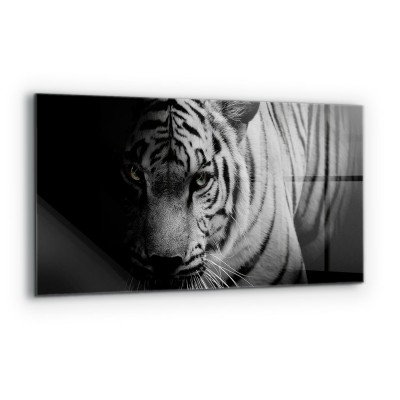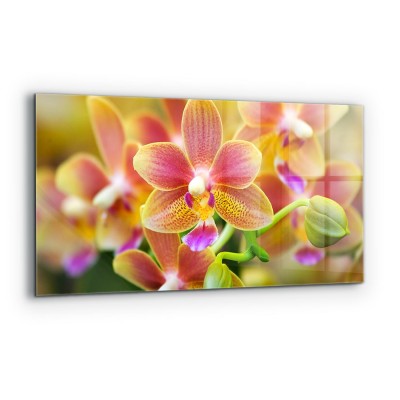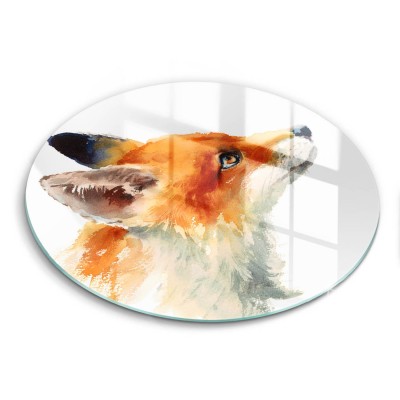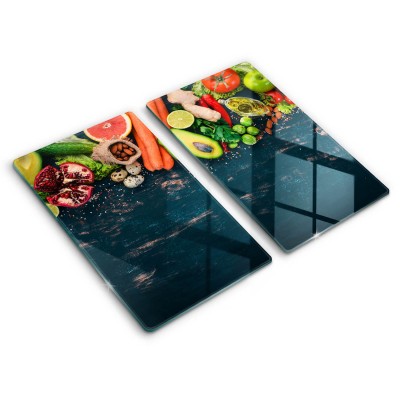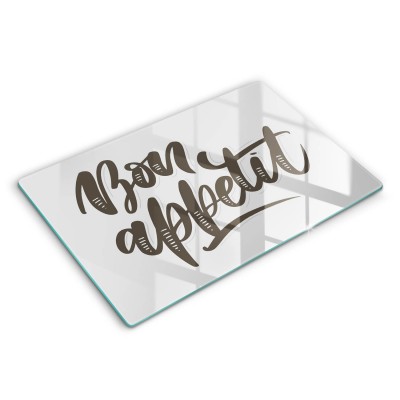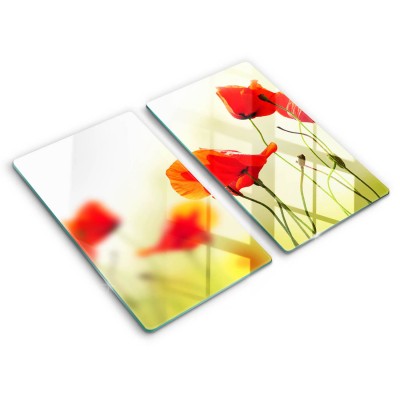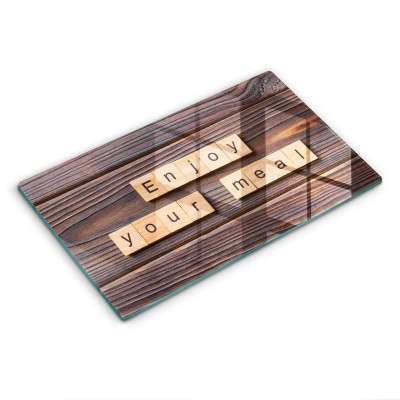The guide to incorporating mirrors in kids' rooms
Apr, 9 2024
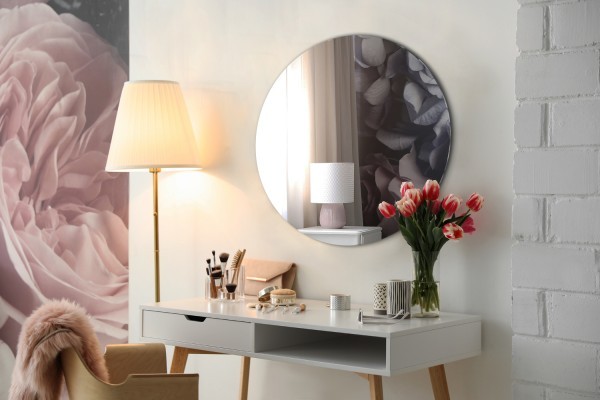
Mirrors, often overlooked, can transform a children's room from a mere sleeping area into a vibrant space that encourages creativity, self-awareness, and even cognitive development. But navigating the choices and considerations for incorporating mirrors into these spaces can be daunting. This guide will illuminate the path to selecting, placing, and innovating with mirrors in your child's room, ensuring safety, functionality, and a touch of whimsy.
Which mirror for a children's room?
When selecting a children's bedroom mirrors, consider both form and function. Mirrors come in a plethora of shapes, sizes, and styles, each offering unique benefits. A well-chosen mirror can brighten spaces, make small rooms appear larger, and serve as an engaging decorative element. However, the paramount concern should always be safety and durability, particularly in spaces frequented by young, active users.
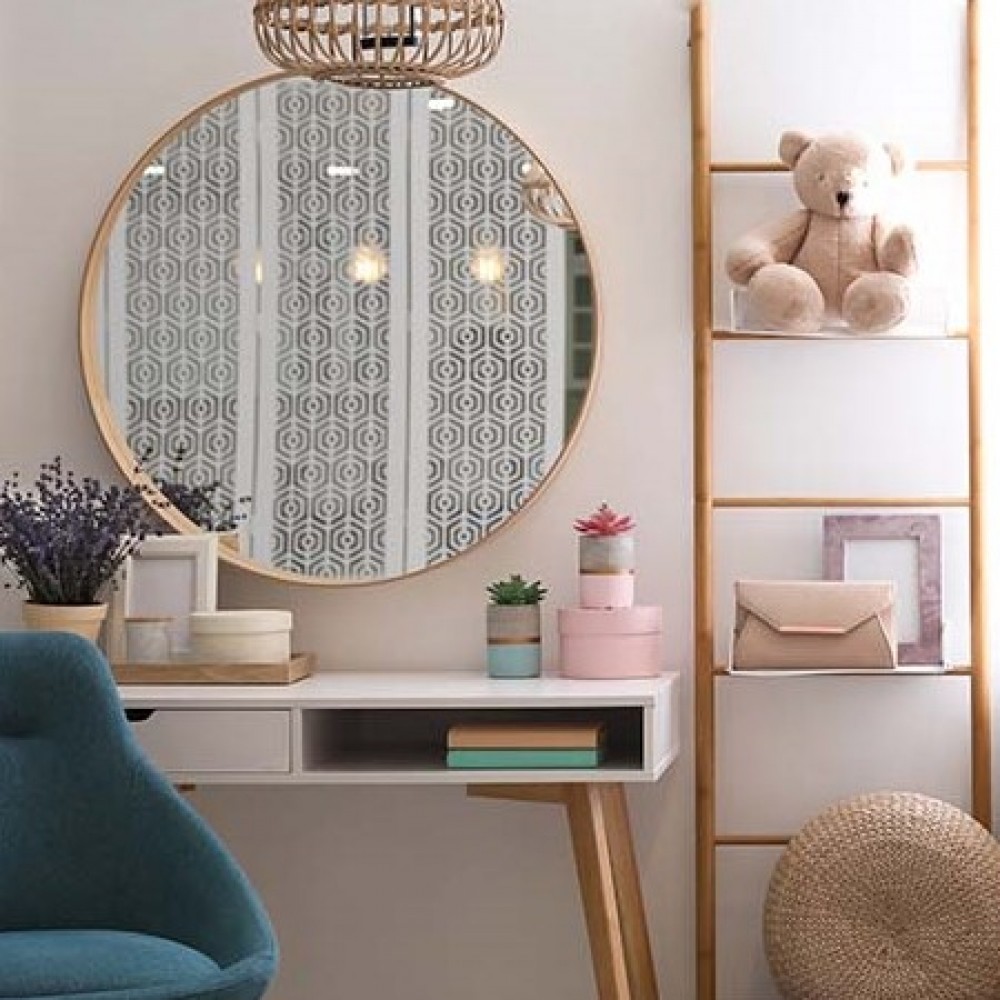
The best types of mirrors for children's room
Acrylic mirrors stand out for their shatterproof qualities, making them an ideal choice for children's rooms. Lightweight and durable, they are less likely to cause injury if disturbed, and they come in various playful shapes and sizes to spark children's imaginations.
Mirrors with wooden frames can add a warm, natural element to a child's room. Opt for frames or round mirrors that are secure, heavy-duty hanging mechanisms to ensure safety. The natural texture of wood can complement many design themes, from nautical to princess-themed rooms.
For an innovative approach, consider adhesive wall mirrors. These mirrors can be cut into various shapes and sizes and attached directly to the wall, minimizing the risk of falling. They offer great flexibility in design, allowing for creative patterns that can be easily changed as your child grows.
Should I put a mirror in my kids room?
Incorporating a mirror into your child's room is not just about aesthetics; it's a functional addition that supports developmental milestones. Mirrors encourage self-recognition and emotional development. For younger children, interaction with their reflection can enhance social and emotional skills, while for older children, a mirror becomes a practical tool for grooming and self-expression. However, the decision should be guided by the child's age, activity level, and the room's layout to ensure it adds value and safety to their space.

What type of mirror is best for bedroom?
For bedrooms, particularly those of older children and teenagers, full-length mirrors are often preferred. They support outfit choices, foster a positive body image, and enhance the room's spatial perception. Choose a full-length mirror with a sturdy frame or consider an acrylic version for added safety. Positioning it near a natural light source can also amplify the brightness and airy feel of the room.
How do you make a mirror safe for kids?
Safety is the cornerstone of incorporating mirrors into any child's room. Here are key considerations to ensure your mirror choice is as safe as it is stylish:
- Opt for shatterproof materials like acrylic to reduce injury risks.
- Securely mount framed mirrors to the wall with appropriate hardware, ensuring they cannot be easily pulled down.
- Avoid placing mirrors directly above areas where children play or sleep to mitigate risks should the mirror fall.
- Regularly inspect the mirror and its mounting to address any potential hazards.
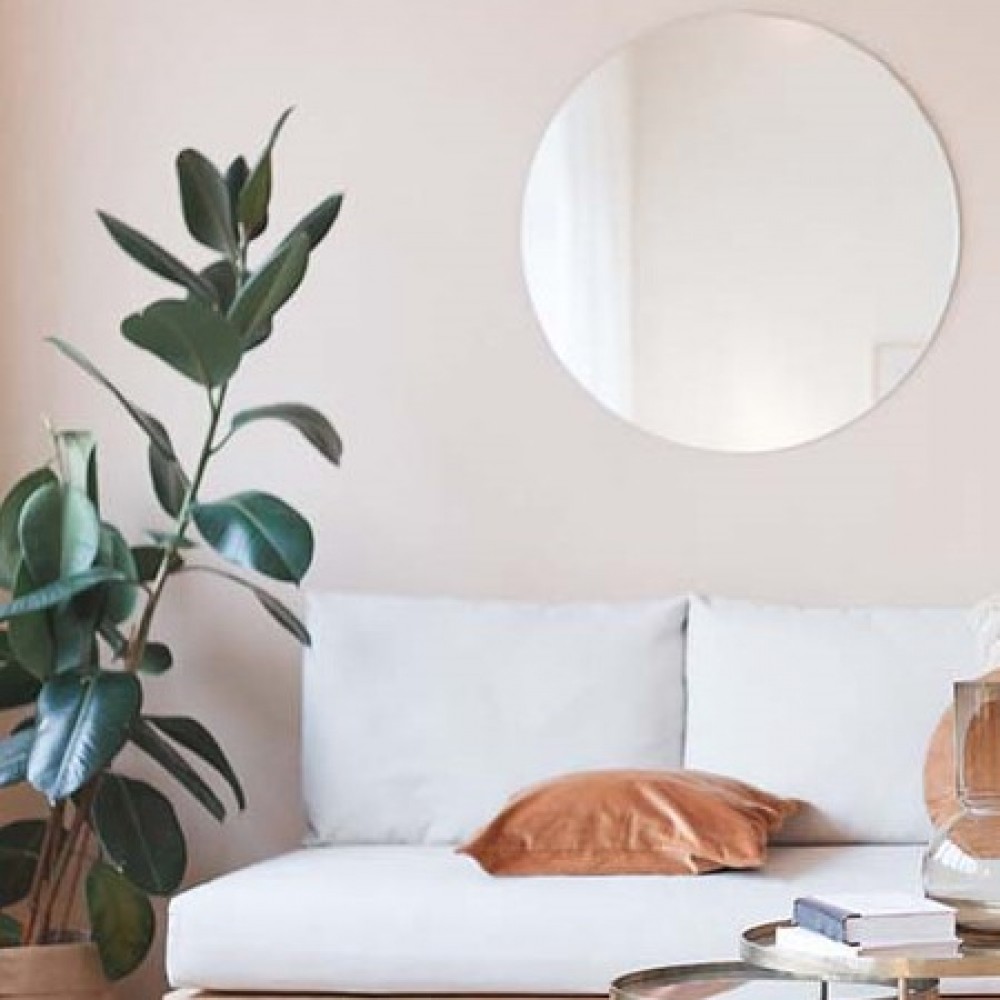
Creative and fun kids mirror ideas
Transforming a mirror into a captivating feature of your child's room can be a delightful project. Here are some creative ideas to inspire your mirror selection.
Interactive mirrors
Incorporate mirrors with built-in chalkboards or magnetic boards, allowing kids to personalize their space with drawings and notes. These interactive elements can make the mirror a focal point of play and creativity.
Themed mirrors
Select mirrors that align with the room's theme, such as animal-shaped mirrors for a jungle-themed room or star-shaped mirrors for a space-themed room. These thematic elements can enhance the overall design and feel of the space.
Decorative frames
Create or purchase mirrors with decorative frames that include elements like led lights, flowers, or colorful patterns. These frames can add a whimsical touch to the room and serve as a decorative highlight.
Mirror collages
For a dynamic and flexible option, consider creating a collage of small mirrors on one wall. This can add visual interest and depth to the room, and the arrangement can be easily adjusted over time.
Incorporating a mirror into your child's room can be a rewarding endeavor that marries functionality with creativity. By prioritizing safety, choosing the right type of mirror, and exploring fun and creative ideas, you can create a space that reflects your child's personality and needs, fostering a sense of identity and independence. Whether for play, learning, or personal grooming, a thoughtfully chosen mirror can be a pivotal feature of your child's room, enhancing its design and utility.
Modern wall mirror - trends that will transform your apartment
Choosing the right mirror is crucial, as it can add character to a room, brighten a space or optically enlarge it.
Nov, 12 2025
Read articleWhat to look for when buying a mirror?
A properly selected mirror can optically enlarge and illuminate a room by reflecting natural light and become an important decorative element of the interior.


